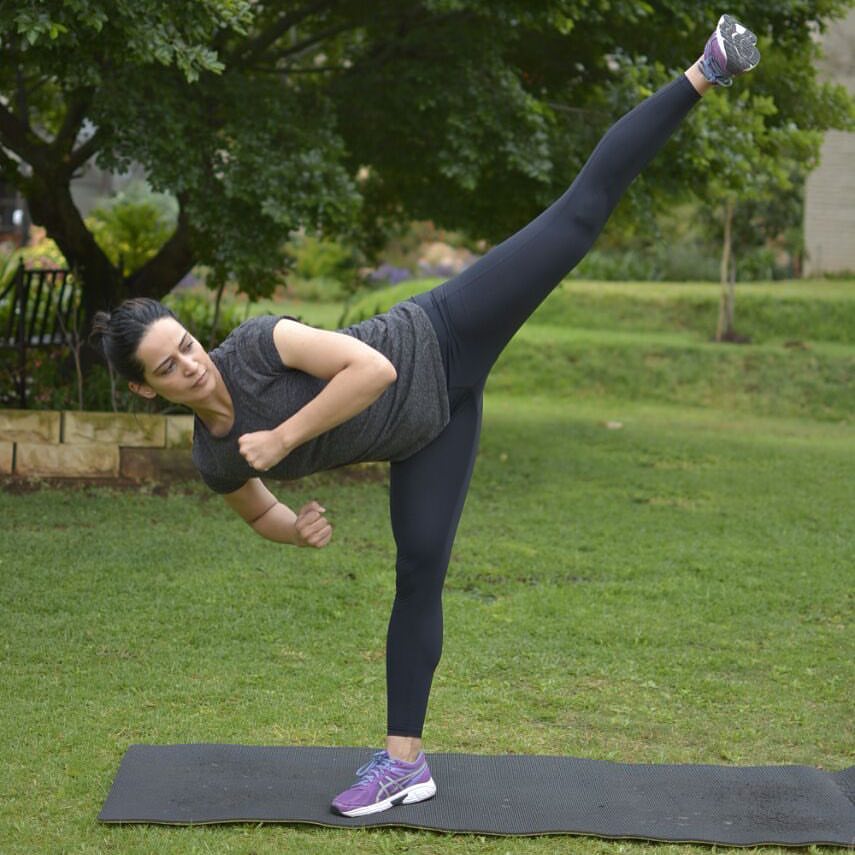Working a desk job might sound physically easy, but it comes with its own set of health challenges. Sitting for long hours, staring at screens, and maintaining a largely sedentary lifestyle can lead to issues such as back pain, eye strain, and fatigue. These three ways to protect your health at a desk job can help you stay energized, focused, and physically resilient.
Invest in Ergonomic Adjustments
Ergonomics is the science of designing workspaces and tools that fit the natural movements and needs of the body, thereby reducing strain and improving comfort. It focuses on creating environments that support health, efficiency, and productivity.
Below are key tips to help you set up an ergonomic workspace:
- Chair position: Adjust your chair so that your lower back is supported, and your knees are bent at roughly a 90-degree angle with feet flat on the floor.
- Monitor height: Place your monitor so the top edge is at or slightly below eye level, with the screen about an arm’s length away.
- Elbow angle: Ensure your elbows are bent at 90-100 degrees with your wrists straight when using the keyboard or mouse.
- Head position: Keep your head upright and aligned with your spine to avoid neck strain. Avoid leaning forward or tilting your head down for extended periods.
- Desk height: Set your desk so your forearms can rest comfortably parallel to the ground while typing.
Accessories like monitor risers, footrests, wrist pads, lumbar rolls, and foam cushions enable you to sit in a neutral position that reduces body strain. If awkward wire placement is preventing you from moving your permanent devices, consider upgrading your desk’s cable management with grommets, cable trays, or other solutions. Once installed, you can easily adjust your devices to the most ergonomic positions. A great addition to your workspace, could also be to invest in a standing desk. This will enable you to switch between sitting and standing with ease.
Take Frequent Movement Breaks
Sitting for hours each day takes a toll on your body, so it’s important to incorporate movement into your daily routine. Aim to stand up every 30 minutes, even if it’s just to stretch or walk to another part of the room. Short, regular breaks can improve your circulation, reduce stiffness, and help clear your mind.
You can also incorporate movement during regular pauses, like pacing during a phone call or taking a brief walk around the office or home. If needed, set reminders on your phone or use apps to prompt you to take these movement breaks. Staying active throughout the day not only benefits your physical health but also helps maintain high energy and productivity levels.
Build an Exercise Routine Outside of Work
While movement at work is helpful, having a dedicated exercise routine outside your job is invaluable for long-term health. Incorporate activities like yoga, running, weightlifting, or swimming into your weekly schedule. Regular exercise strengthens your muscles, improves cardiovascular health, and helps offset the effects of prolonged sitting.
Find a routine that fits your lifestyle and supports your fitness goals. For example, try a morning workout to boost energy levels or an evening session to unwind after a busy day. To stay motivated to train after work, plan your workouts in advance and treat them as non-negotiable appointments. You can ease the shift from working to working out by listening to energizing music or taking a few minutes to stretch and refocus.
Protecting your health at a desk job starts with creating an ergonomic workspace that minimizes strain and promotes comfort. Regular movement breaks throughout your day can help reduce stiffness and keep your energy levels high. Pair these habits with a consistent exercise routine outside of work to strengthen your body and counteract the effects of prolonged sitting. By taking these steps, you can enhance both your well-being and productivity in the long term.






















